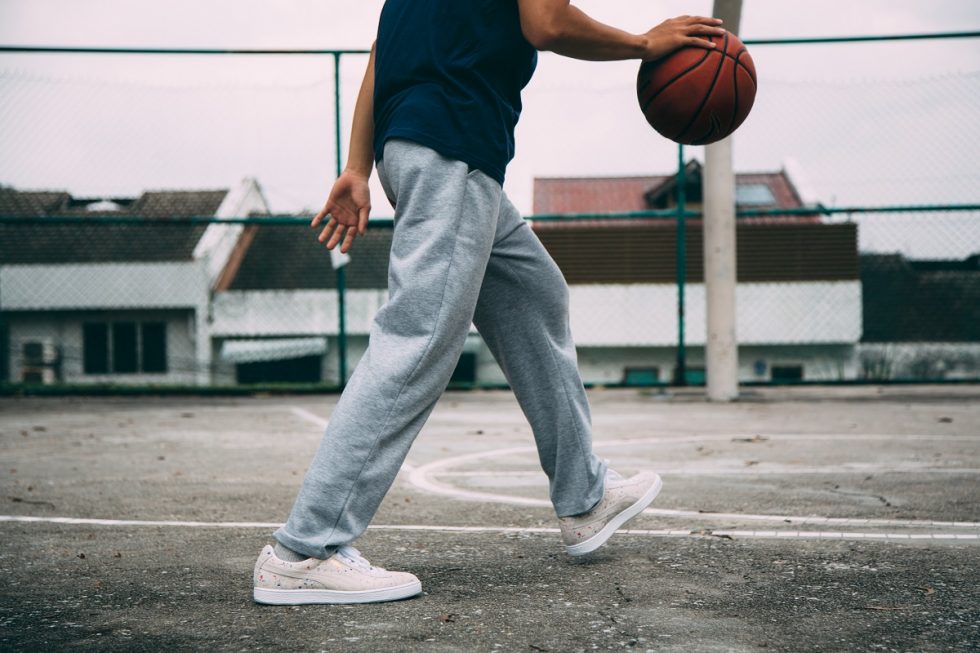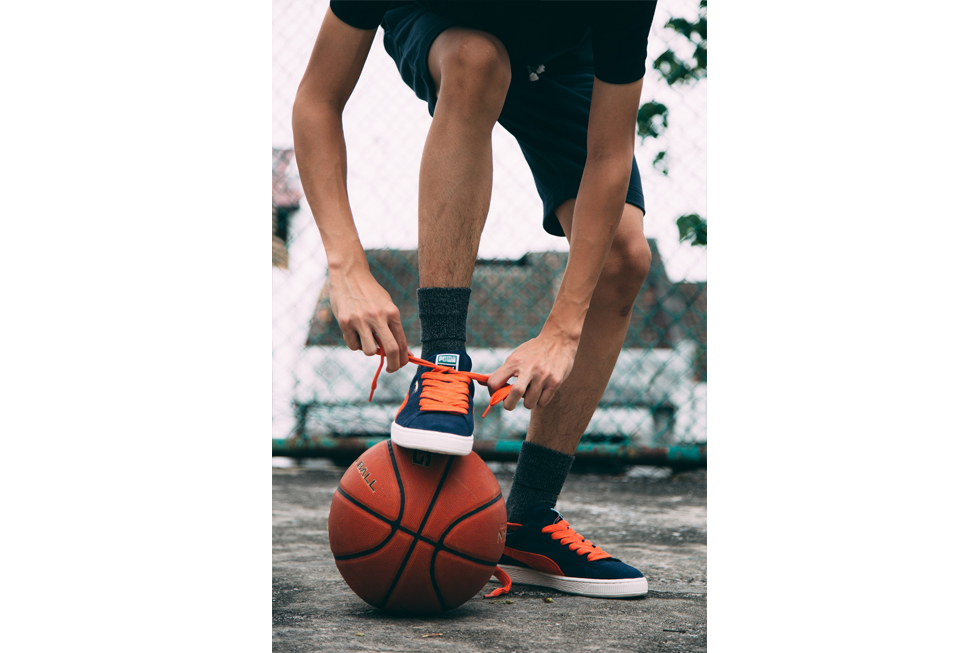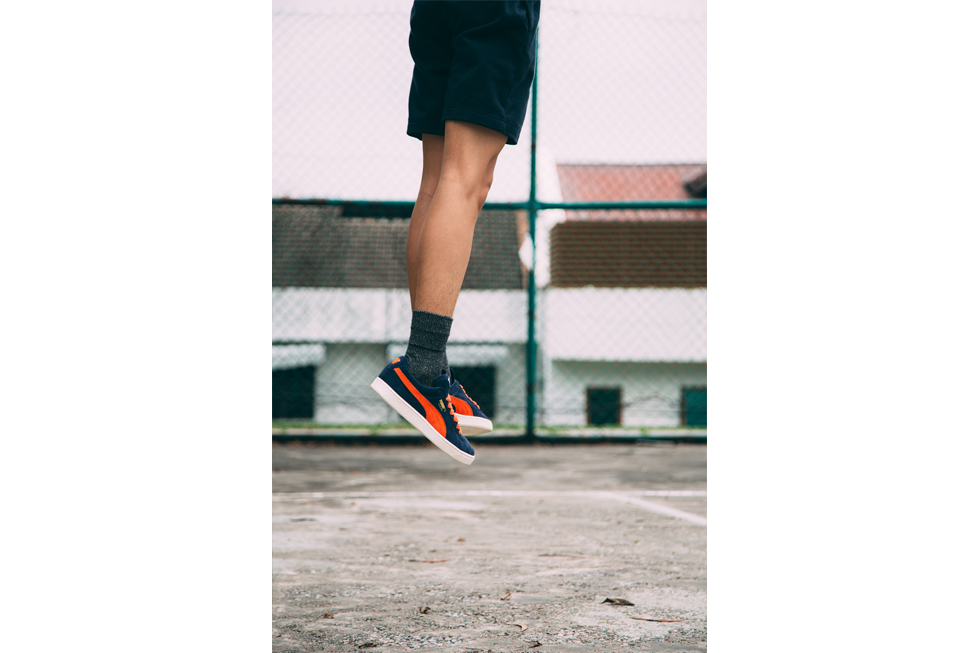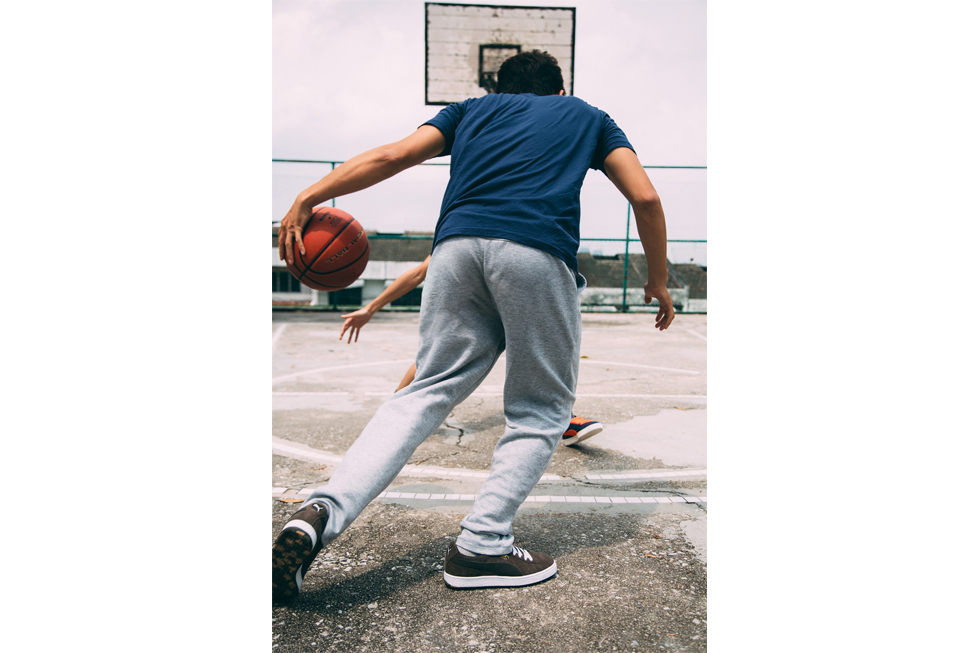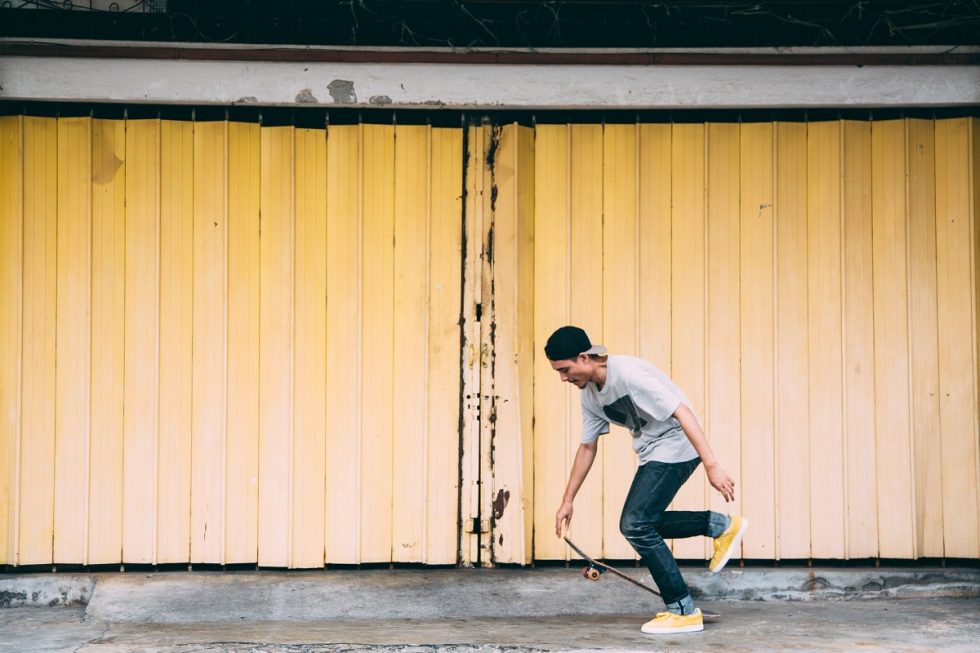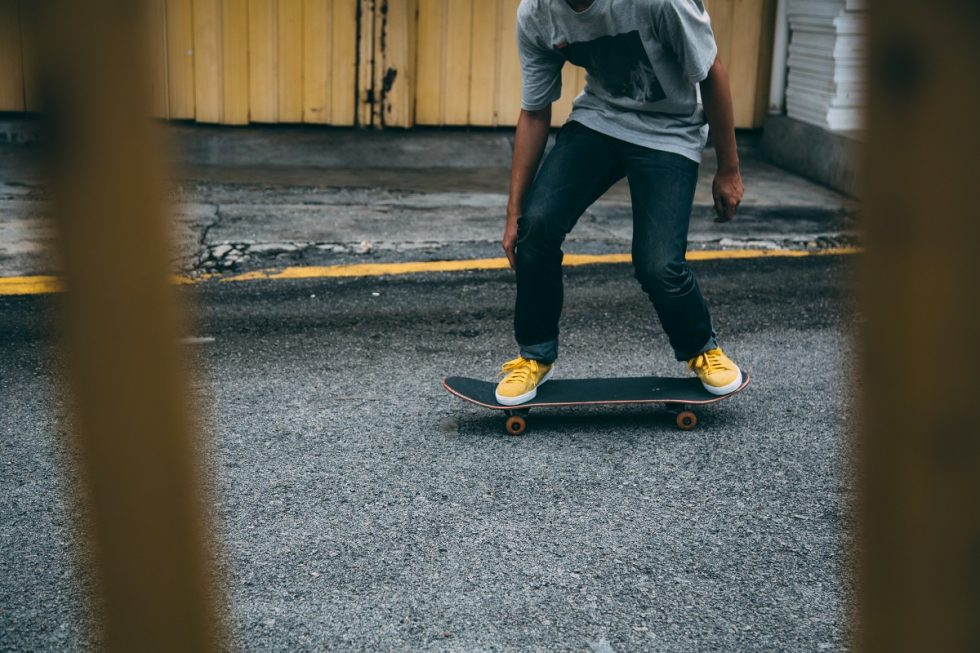Welcome back to the second edition of “HISTORY101”, where in this segment, we dive into the history books to find out about the background and facts of a certain pair of shoe. As we mentioned in our previous segment post, why we are doing this is because besides chasing the hype, we still gotta be knowledgeable, less we be a “tin kosong”. This time round, we take a look at the evergreen and classic Puma Suede. Take your pen and papers out, because class is in session.
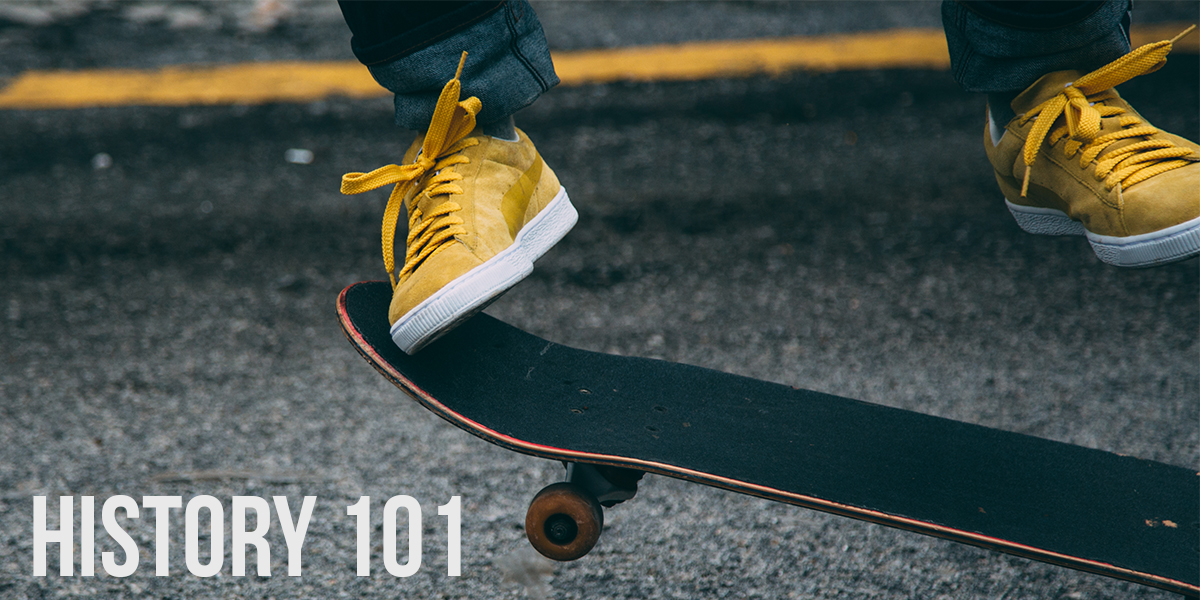
Back then, PUMA was well known for football (Soccer) boots. To be more specific, PUMA was well known for boots that have detachable studs, so that players can wear them on and off the field. Besides that, the company was also famous for spike shoes for sprinters and runners. Rudolf has had experience with the track and field department as he and his brother sold hundreds of thousands of spikes to runners back in the day before they split. It was pretty much a lot of football boots and spikes shoes from then all the way till the 1960s. In the 1968, the PUMA Suede was introduced to the world.
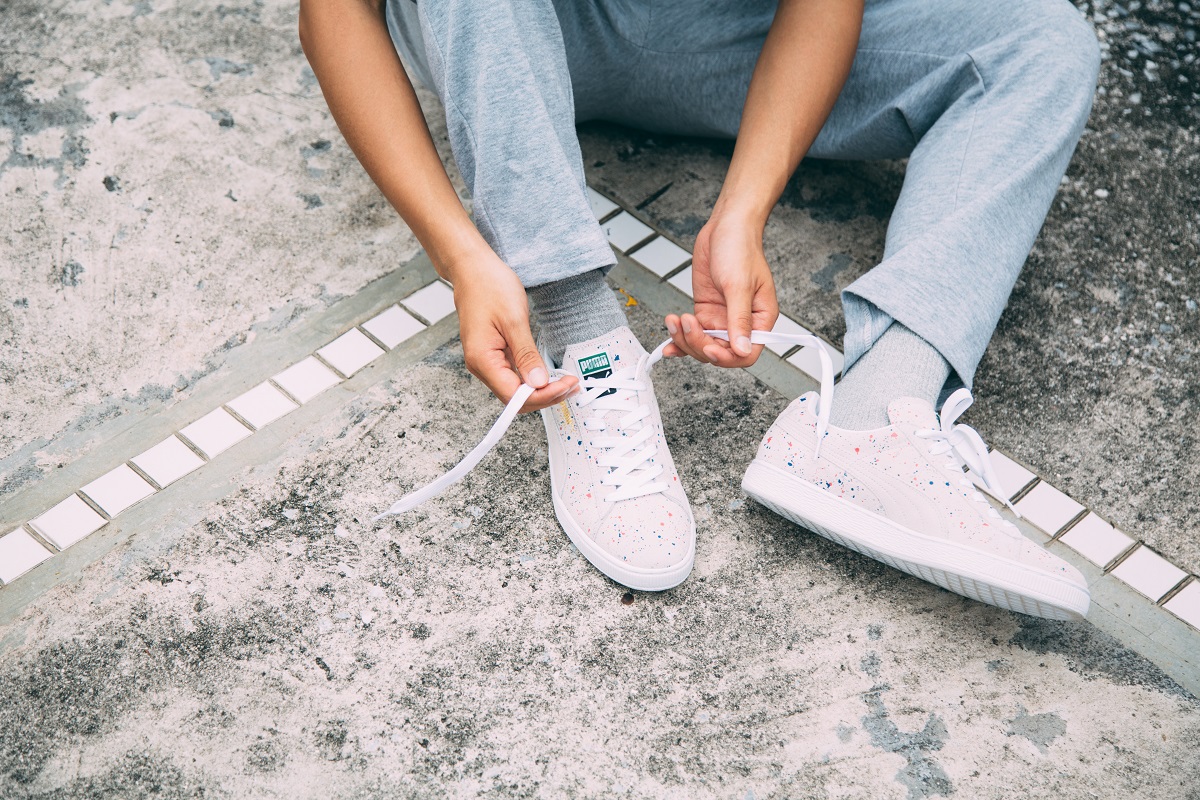
The first time the PUMA Suede got into the spotlight was during the 1968 Summer Olympics when American sprinter Tommie Smith won the 200m Gold Medal in 19.83 seconds. It was the first time the 20-second barrier was broken legally. Tommie broke the record in a pair of PUMA spikes, and went up to the podium to receive his medal in a pair of Suedes. He got up, took his pair of Suedes off and placed them on the podium, received his medal and raised his fist in the air. Being an African-American athlete, it was a display of pride and a protest for equal rights, and to signify a symbol of overcoming poverty and slavery. What was initially just a public display of physical dominance over his competitors quickly became a public protest against injustice, and the shoe that was in that moment of significance in the sports world and civil rights history is the PUMA Suede.
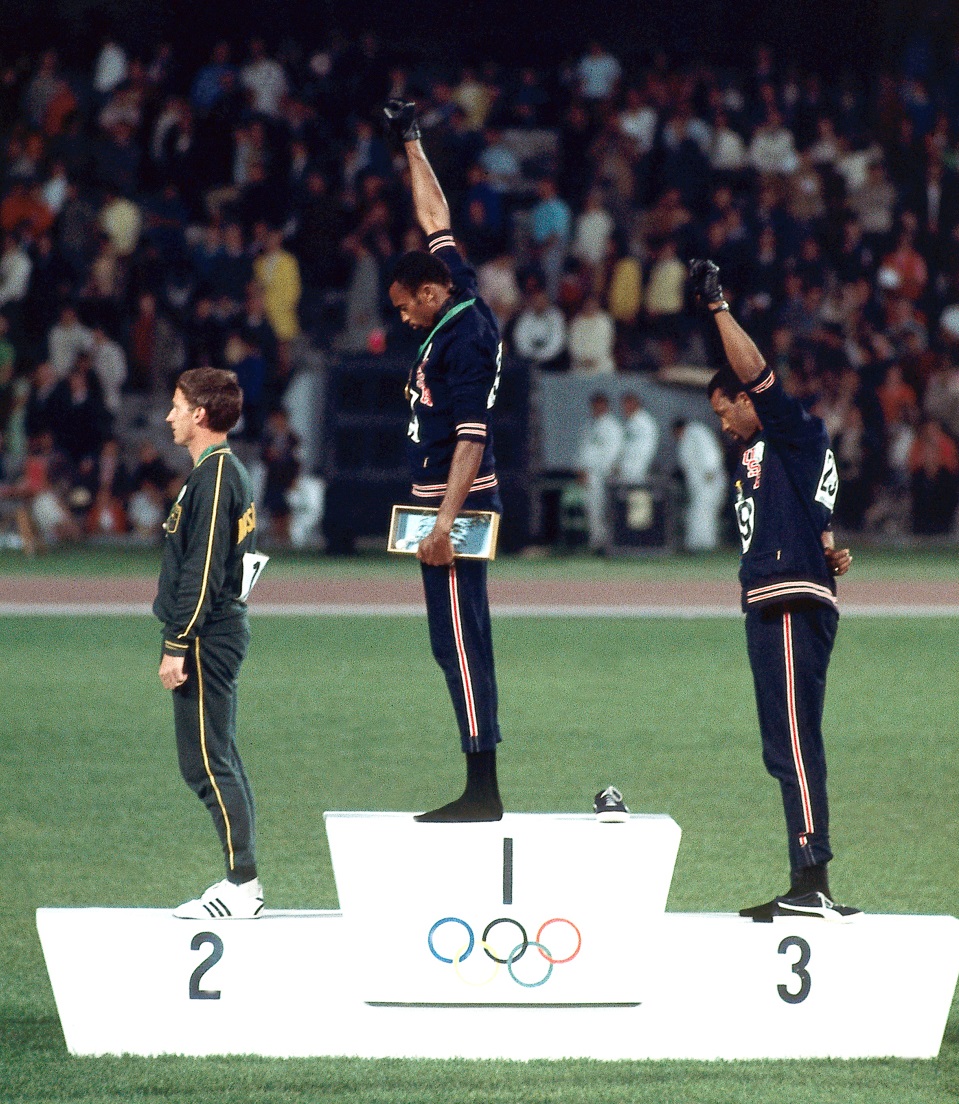
But it would only be later that the Suede would get international recognition which is through the likes of basketball legend Walt “Clyde” Frazier. During that time, PUMA released the “Basket” model, which was targeted towards the USA market through the NBA league. But for Walt, the Basket shoe was too stiff and did not allow him the flexibility that he wanted. So he would often swap out the Basket for Suedes. He did that so often that the shoe become synonymous with him. Sales for the Suedes skyrocketed and it was mostly sold out in most stores. Then in 1973, PUMA made history by putting out the first ever signature model basketball shoe by releasing the “Clyde” model for Walt Frazier. PUMA took the Suede and made it wider to fit Walt’s feet, and made it lighter too for more flexibility.
A few years after that, in the late 1970s to early 1980s, it was the B-Boy era. The B-Boy phenomena started in New York City and with the help of the media, spread like wildfire throughout the world. B-Boying was everywhere. It was on MTV (back then MTV was the sh*t), it was on the news, it was talked about on radio, b-boying came out in the papers, and people were flaunting b-boy moves in the clubs too. Heck, there were even b-boy movies! The PUMA Suede pretty much became synonymous with b-boying. If you think about b-boying, you will think of the Suede.
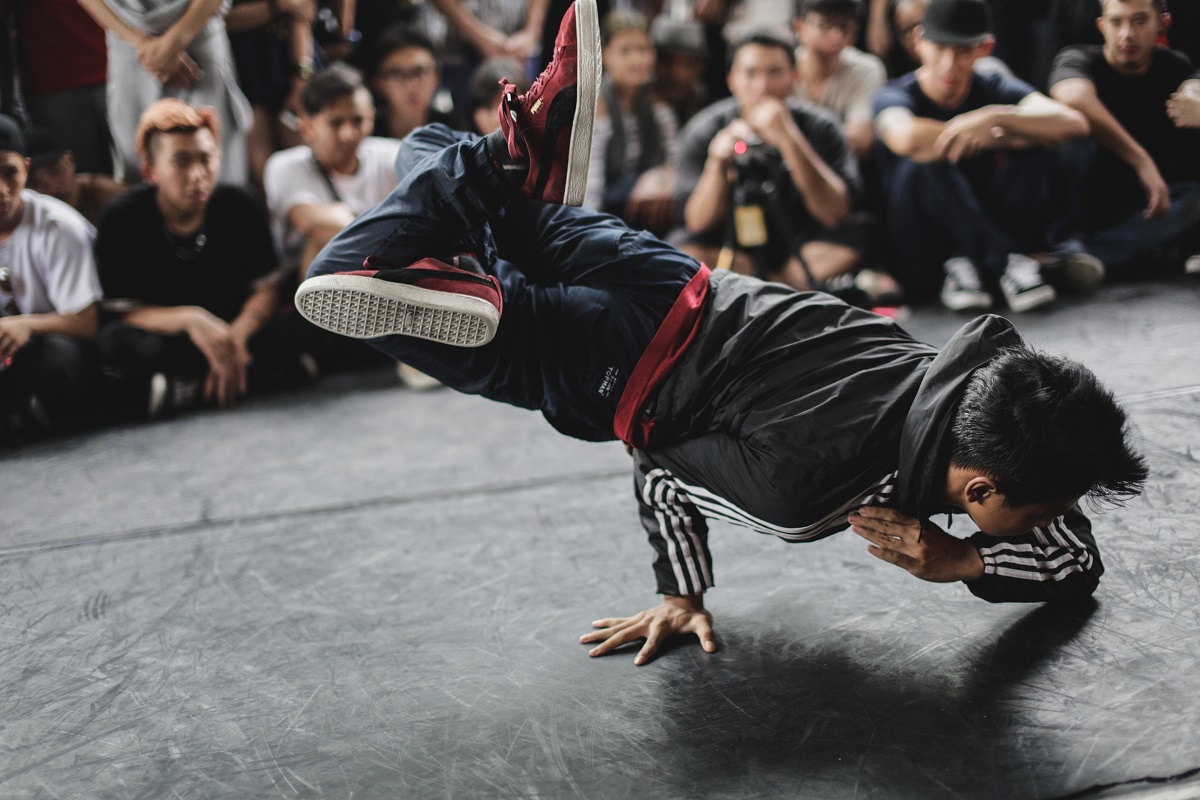
Until today, the PUMA Suede’s influence in the b-boy world is still strong. Many of the current top dancers in the world rock their Suedes with pride. Throughout the years, the PUMA Suede’s looks have remained exactly the same. Besides the occasional change of materials, laces and collaborations, the shoe still looks exactly the same from the day it was introduced to the world in 1968. But the use and application have evolved over the years. From a basketball shoe, to the b-boy’s favorite pair, and now even skaters are seen using them. A classic, stylish, practical, and versatile pair.
To finish off this round of HISTORY101, we end it with a snippet from the movie “Beat Street” that was released back in 1984. The movie is about the New York Hip-Hop culture back in the early 80s, which was all about DJing, Graffiti, and Breakdancing (B-Boy). Notice all the shoes the dancers are wearing:-

